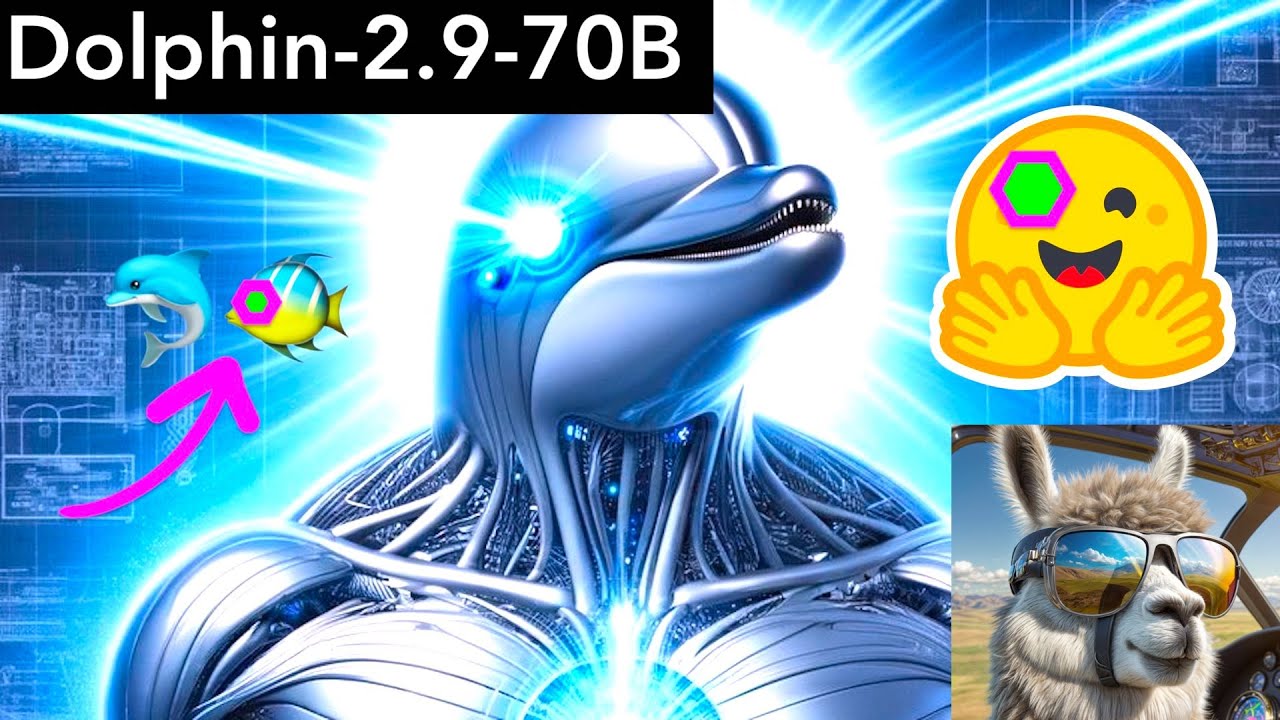The video discusses recent updates in the AI field, particularly focusing on Eric Hartford’s fine-tuning of the Llama 3 model and the performance improvements observed. It explores the technical aspects of fine-tuning the Dolphin 2.9 Llama 3 model, its practical applications in various tasks, and highlights the collaborative and iterative nature of AI development for optimizing performance in specific tasks.
The video discusses recent updates in the AI field, focusing on Eric Hartford’s fine-tuning of the Llama 3 model. The performance improvements observed in Llama 3 are highlighted, showing differences in approach compared to other models. The text emphasizes the significance of understanding the impact of larger models on performance and the need for varied strategies in fine-tuning. Additionally, it mentions the challenges and benefits of working with larger models, such as having more context to leverage in specific tasks.
Eric Hartford’s work on fine-tuning Llama 3 is further explored, with benchmarks comparing different versions of the model, indicating varying levels of performance improvements. The text also mentions other developers building on Hartford’s work, such as the Einstein v6.1 model, which claims to surpass other variants based on Llama 3 in certain areas. This collaborative effort demonstrates progress in refining AI models, especially in conversational data tasks.
The video delves into the technical aspects of fine-tuning the Dolphin 2.9 Llama 3 model, detailing the datasets used and the training process. It discusses the challenges of maintaining context cohesion in larger models when fine-tuning and the balance required in providing more information for better performance. The text also highlights the importance of system prompts in eliciting more detailed responses from the model, showcasing its capabilities in generating complex outputs.
The video explores the practical applications of the fine-tuned model, including tasks like providing sailing advice, coding Python functions, and suggesting hiding spots. It notes the model’s ability to generate detailed and coherent responses in various scenarios, showcasing its uncensored nature while maintaining alignment with ethical considerations. The text concludes by inviting readers to engage with the model and share their experiences using it for different projects or tasks.
Overall, the video provides insights into the advancements in AI through fine-tuning models like Llama 3, highlighting the nuanced strategies required for optimizing performance. It emphasizes the collaborative nature of AI development and the iterative process of refining models for specific tasks. The practical demonstrations of the fine-tuned model’s capabilities underscore its potential for use in various applications, prompting further exploration and experimentation in the AI community.
